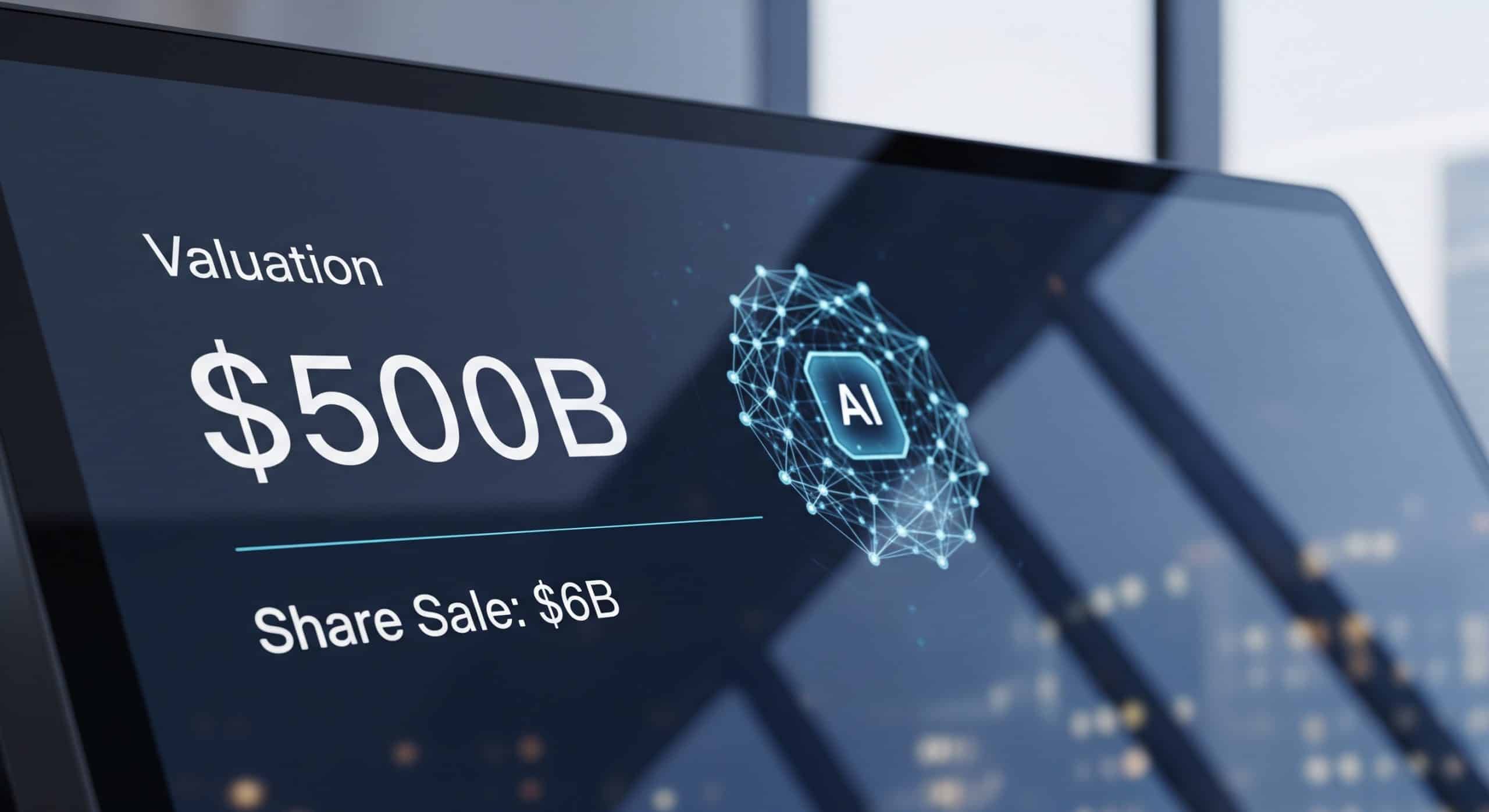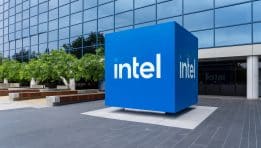In mid-August 2025, news broke of a landmark deal in private capital markets: OpenAI employees, both current and former, are set to sell roughly $6 billion worth of shares in a secondary transaction led by major institutional investors, including SoftBank. This sale assigns the company a valuation of approximately $500 billion, a figure that only a handful of publicly traded technology giants have ever achieved. The move positions OpenAI among the most valuable private companies in history and sparks intense debate about whether such a valuation can be justified, what business models support it, and what it means for the broader artificial intelligence industry.
Quantitative Overview
The new valuation represents a sharp increase from earlier in the year, when the company was valued around $300 billion. OpenAI’s annual recurring revenue is projected to reach as much as $20 billion by the end of 2025, compared to around $12 billion at the start of the year. Such revenue growth at this scale is almost without precedent. On the user side, the numbers are equally impressive: ChatGPT now boasts around 700 million weekly active users, up from roughly 400 million in February. Adoption at this pace reflects not only technological relevance but also the establishment of ChatGPT as a cultural and economic phenomenon.
From a financial perspective, the implied multiple is extraordinary. At a $500 billion valuation and $20 billion in projected annual revenue, OpenAI trades at an estimated 25 times sales. That figure rivals the valuation multiple of SpaceX, which has already proven its ability to generate sustainable profits and cash flow. OpenAI, in contrast, is still navigating the path to profitability.
Strategic Analysis of the Deal
The secondary share sale is not simply about valuation; it serves as a crucial mechanism for employee retention. In an environment where companies like Meta and Google aggressively court top AI researchers with lucrative offers, giving OpenAI employees the ability to cash out a portion of their holdings provides them with financial security while maintaining loyalty to the company. It signals that OpenAI is not only a workplace but also a long-term personal investment for its talent.
SoftBank’s central role, both in earlier funding rounds and in this transaction, underscores its long-term conviction in the AI sector. Its continued involvement demonstrates confidence not only in OpenAI’s current momentum but also in its potential to dominate the AI landscape for decades.
Contradictions Between Optimism and Reality
Despite the fanfare, questions remain about whether the valuation is economically justified. Revenue projections of $20 billion are impressive, but when compared with companies like Amazon or Apple, which only crossed the half-trillion-dollar valuation threshold after generating hundreds of billions in annual sales, the disparity is stark. The market is clearly pricing in enormous potential rather than current fundamentals.
Another challenge lies in the revenue structure itself. Fewer than 10 percent of ChatGPT’s hundreds of millions of users are paying subscribers. Much of the platform’s reach is built on a free model that builds brand awareness but contributes little to profitability. The key question is whether OpenAI can successfully convert its massive user base into stable recurring revenue without undermining the user experience or losing its competitive edge.
Implications for Capital Markets and Technology
A private company being valued at $500 billion is more than a financial milestone—it is a symbolic event for global markets. It sends a clear signal that institutional investors are prepared to bet heavily on artificial intelligence, treating it not just as a promising technology but as a fundamental economic pillar of the future. This has the potential to attract additional capital, accelerate innovation, and pressure competitors to expand their own investments in the space.
At the same time, some analysts warn that such valuations risk creating an AI bubble. Comparisons to the dot-com boom of the early 2000s are becoming more common, with skeptics suggesting that when prices rise far above fundamental financial performance, disappointment can spread quickly. If growth slows or adoption fails to translate into profitability, the ripple effects across the tech sector could be severe.
Balancing Risk and Opportunity
OpenAI occupies a unique position at the intersection of opportunity and risk. On one hand, it is perceived as a trailblazer in artificial intelligence, with the potential to transform industries ranging from healthcare to finance and education. On the other hand, its business model is still evolving, and the transition from innovation to monetization remains unfinished. The company’s fate hinges on whether it can sustain revenue growth, expand paying subscriptions, and prove that its breakthroughs are not only technologically groundbreaking but also financially durable.
This duality creates a scenario of high risk and high reward. If OpenAI continues to grow its user base, expand enterprise adoption, and roll out profitable complementary products, the $500 billion valuation could ultimately prove justified or even conservative. If not, the company risks becoming a case study in overinflated expectations.
Looking Ahead
The August 2025 share sale is not the end of the story but another chapter in OpenAI’s rapid rise to global prominence. The transaction provides liquidity for employees, strengthens relationships with investors, and establishes a new benchmark for the valuation of private AI firms. Yet the true test lies ahead. To justify and sustain such an extraordinary valuation, OpenAI must not only maintain its lead in artificial intelligence but also translate that lead into robust profitability.
The coming years will be defined by whether OpenAI can monetize its massive user base, expand beyond consumer subscriptions into enterprise solutions, and continue innovating at a pace unmatched by competitors. The company must walk a fine line between growth and sustainability, while proving that artificial intelligence is not just a powerful tool but a business model capable of supporting one of the world’s most valuable companies.
Conclusion
OpenAI has redefined the boundaries of private market valuations with a half-trillion-dollar price tag. The $6 billion secondary share sale reflects both extraordinary confidence in its future and a bet on artificial intelligence as the defining technology of the 21st century. Yet valuation multiples this high demand flawless execution, relentless innovation, and a successful pivot to profitability. The future of OpenAI—and perhaps the future trajectory of the AI industry as a whole—will depend on whether this valuation proves to be visionary foresight or overreaching speculation.
Comparison, examination, and analysis between investment houses
Leave your details, and an expert from our team will get back to you as soon as possible
* This article, in whole or in part, does not contain any promise of investment returns, nor does it constitute professional advice to make investments in any particular field.
To read more about the full disclaimer, click here- Ronny Mor
- •
- 12 Min Read
- •
- ago 3 minutes
 Earnings Week Spotlight: Retail and Tech Giants in Focus
Earnings Week Spotlight: Retail and Tech Giants in Focus
The trading week of August 18, 2025, is set to deliver one of the most telling snapshots of the U.S.
- ago 3 minutes
- •
- 12 Min Read
The trading week of August 18, 2025, is set to deliver one of the most telling snapshots of the U.S.
- Articles
- •
- 18 Min Read
- •
- ago 3 hours
 INTEL STOCK POPS ON REPORT TRUMP ADMINISTRATION IS CONSIDERING TAKING A STAKE
INTEL STOCK POPS ON REPORT TRUMP ADMINISTRATION IS CONSIDERING TAKING A STAKE
The Impact of INTEL Stock Growth Following Reports of the Trump Administration's Potential Stake Recent reports indicating that the Trump
- ago 3 hours
- •
- 18 Min Read
The Impact of INTEL Stock Growth Following Reports of the Trump Administration's Potential Stake Recent reports indicating that the Trump
- Articles
- •
- 17 Min Read
- •
- ago 3 hours
 ARCBEST, ASTEC, CHARGEPOINT, HILLENBRAND, AND WINNEBAGO SHARES PLUMMET, WHAT YOU NEED TO KNOW
ARCBEST, ASTEC, CHARGEPOINT, HILLENBRAND, AND WINNEBAGO SHARES PLUMMET, WHAT YOU NEED TO KNOW
The Recent Plummet of ARCBEST, ASTEC, CHARGEPOINT, HILLENBRAND, and WINNEBAGO Shares: Causes and Implications The current drop in the shares
- ago 3 hours
- •
- 17 Min Read
The Recent Plummet of ARCBEST, ASTEC, CHARGEPOINT, HILLENBRAND, and WINNEBAGO Shares: Causes and Implications The current drop in the shares
- Articles
- •
- 18 Min Read
- •
- ago 4 hours
 INSIDERS JUST GRABBED NEARLY $1M OF THIS HIGH-YIELD ENERGY STOCK
INSIDERS JUST GRABBED NEARLY $1M OF THIS HIGH-YIELD ENERGY STOCK
High-Yield Energy Stocks: Why Insiders Are Investing Nearly $1M In today’s financial landscape, high-yield energy stocks are gaining significant attention
- ago 4 hours
- •
- 18 Min Read
High-Yield Energy Stocks: Why Insiders Are Investing Nearly $1M In today’s financial landscape, high-yield energy stocks are gaining significant attention












